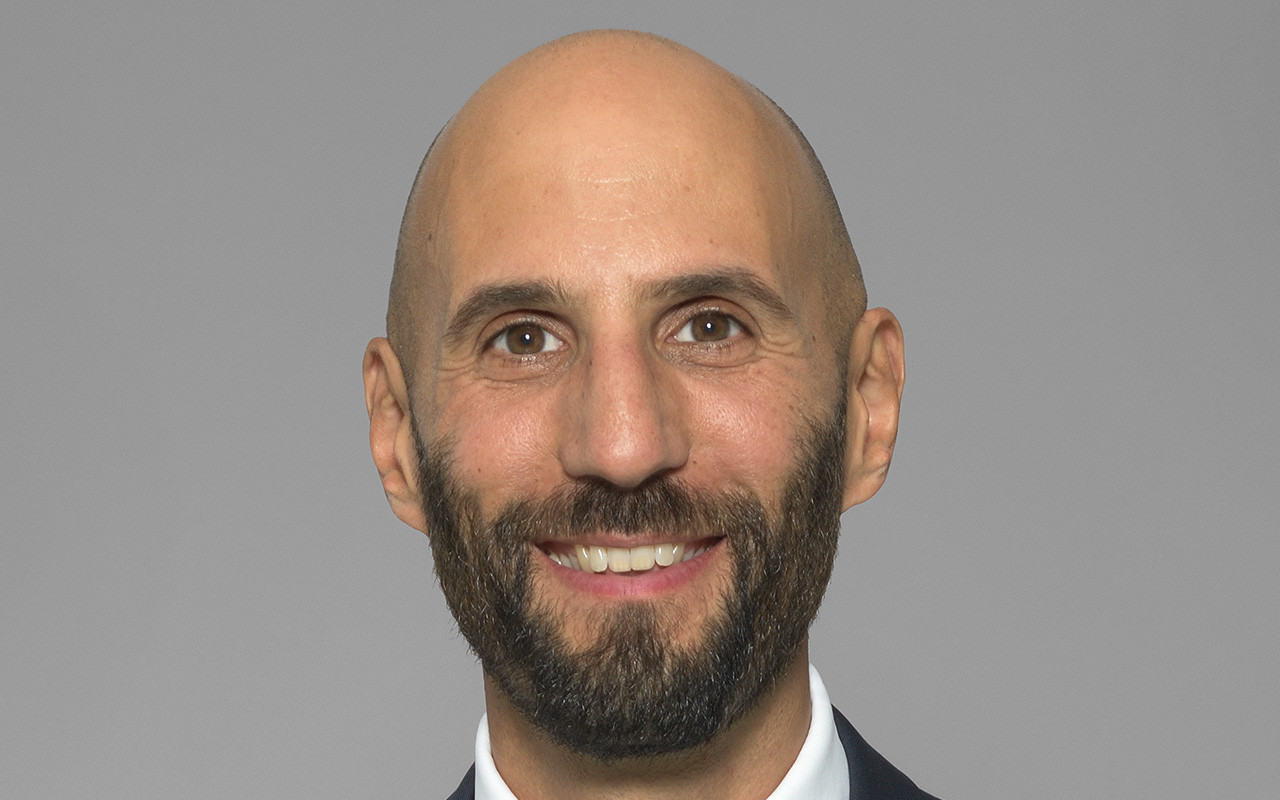With high interest rates and tightening financial conditions weighing on banks, and authorities reacting quickly to contain financial market tensions, including by supporting global liquidity, Samy Chaar, chief economist at the Swiss private bank Lombard Odier & Cie, talks to Paperjam and Delano about the current issues facing the banking sector.
Marc Fassone: Over the past 10 years, banks have repeatedly said that low interest rates were hurting them. Today, the rise in rates seems to be weakening them... What does this mean? Is there an optimal rate level for banks?
Samy Chaar: Banks have indeed suffered from negative rates and very low rates on their interest margins. The fact that we can get out of this situation and return to high rates is positive. The problem is that we didn’t have a normal rise in interest rates: we had a rate shock. That’s the difference. If you look at the previous cycles of rising rates, they were not accompanied by a loss on the bond asset class similar to the one we had last year. For institutions that hold a lot of bonds, that’s a real problem.
Rate hikes are generally beneficial to financial institutions. But here, the increase was too fast.
Are all banks equal in the face of this rate shock?
One can imagine that they are not. In fact, it depends on whether this shock leads to a steepening or an inversion of the yield curve. We can see today that this shock tends to lead to curve inversions. If you are a lender, this is a problem. If you hold a lot of bond assets--not necessarily sovereigns--there are losses that are called mark-to-market, which are linked to the day’s prices, which can penalise you. It really depends on your lending activities and your balance sheet composition in terms of assets.
Read also
Is Credit Suisse’s fall to be blamed on this rate shock or is the bank simply paying for accumulated mistakes and scandals?
They are paying for accumulated mistakes in the sense that the bank fell not for fundamental issues, but for a question of trust. When you do lending or even when you hold bond assets, you can protect yourself from duration shock. This was not the case with Silicon Valley Bank in the United States, but it was the case with Credit Suisse, which had prudential ratios in line with the regulations. This is really an issue of trust rather than a regulatory issue.
What do you think of the fall in the price of Deutsche Bank?
We are in exactly the same post-SVB situation that hurt Credit Suisse so much: we are in a crisis of confidence. Deutsche Bank is a profitable bank. It is in line with the regulatory requirements. We are not dealing with fundamentals, we are dealing with confidence. And the SVB and Credit Suisse crises show us that what is crucial in a crisis of confidence is the speed of the authorities’ reaction. You have to react quickly, offer liquidity and, not necessarily explicitly, guarantee deposits. That’s the only way you can avoid a spread.
On the positive side, one senses that the [European Central Bank] is extremely aware of the risk.
Read also
The political issue of the moment is the trade-off between financial stability and the fight against inflation. How do you see this trade-off evolving?
Up to a certain level of stress, you can do both. You raise rates to try to contain inflation and you inject liquidity and then, implicitly or explicitly, you protect deposits. Somehow you don’t have to choose. Above that level, the two objectives come together because the financial stress, through the credit channel, is so disinflationary or even deflationary that the two objectives merge. The general feeling is that today we are still below this level of stress.
Don’t the problems at SVB and Credit Suisse call into question the willingness of central banks to pursue a restrictive monetary policy?
In the face of the SVB and Credit Suisse problems, we have seen that central banks have largely released liquidity to deal with them. Does this mean that central banks are doomed to remain accommodative in the long term? No. There has certainly been a bump in the normalisation of monetary policy, but that doesn’t call into question the strategy of central banks. For me, if I had to characterise monetary conditions today, I would say that they are restrictive and will remain so as long as we remain below the stress level mentioned earlier.
Read also
How do you see rates evolving over the next few months?
With rates at 3.5% for the ECB, 5.5% for the Fed and 1.75% for the Swiss National Bank, the general feeling is that we are close to terminal rates. This doesn’t mean that central banks are going to cut rates soon, but it does mean that they are going to stop raising them soon. We feel that the strategy is shifting from an aggressive hike to a restrictive hold. But we are not yet in a downward phase.
Should we invest in the banking sector today?
The current situation is very different from that of 2008. Banks have more capital reserves, especially the big banks, for which the capital requirements have been significantly increased after the global financial crisis. Regulation has been tightened and regulators have learned the lessons about the importance of acting quickly and decisively.
If the stress threshold is not exceeded and central banks react very quickly to avoid contagion, it will be a sign of the robustness of the financial sector and proof that the sector is investable.
Read the original French version of this interview on the site. This article was published for the Delano Finance newsletter, the weekly source for financial news in Luxembourg. .
